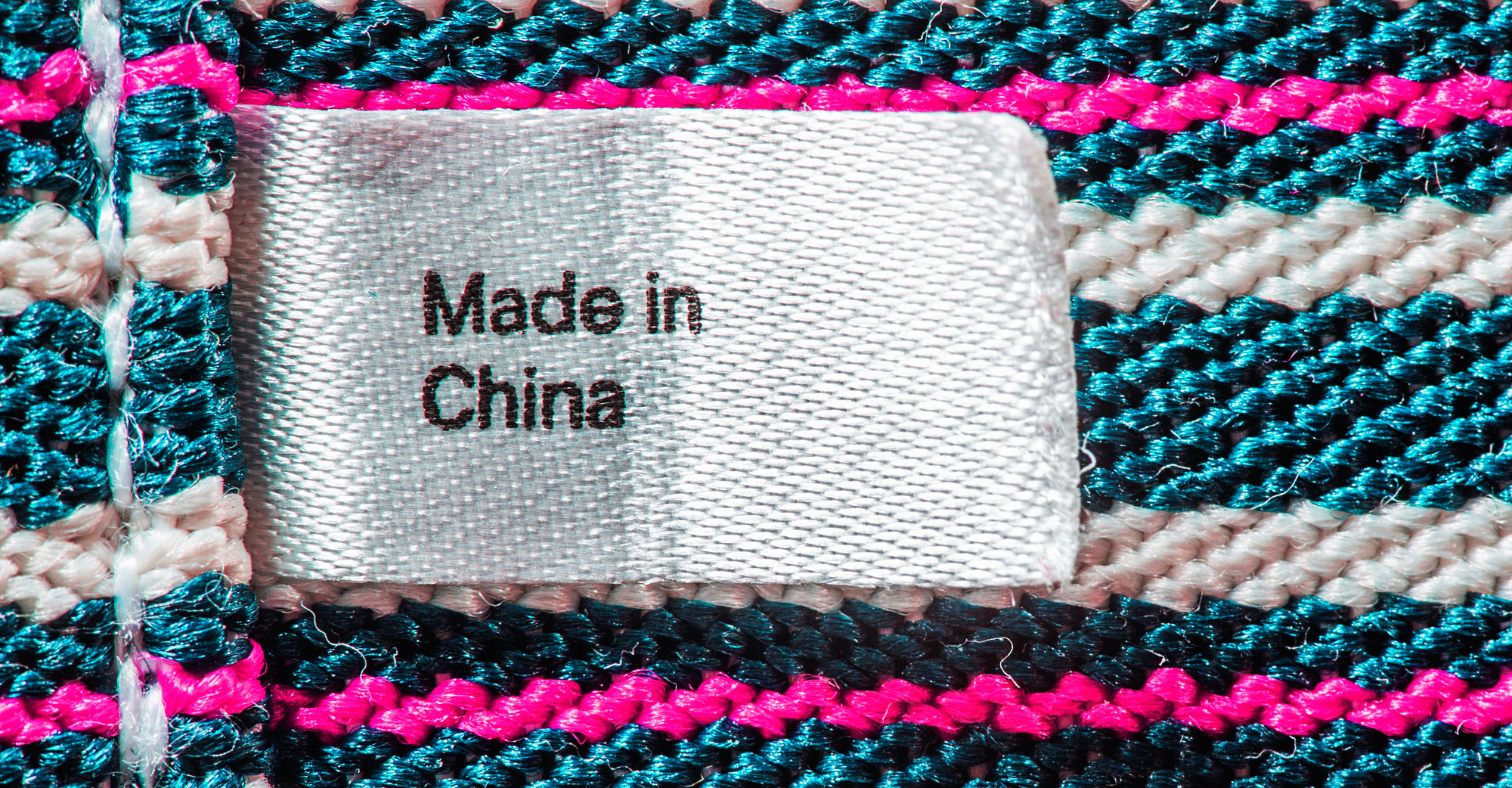Countries globally are working tirelessly to enforce containment measures in an effort to halt the Coronavirus’ path of destruction. However, these measures may impose significant consequences on global supply networks.

Given China’s position in the global economy, the Coronavirus, COVID-19 , has the potential to disrupt sourcing and manufacturing processes significantly.
To quote CNN Business, ‘You can’t make a car with 99% of the parts. Coronavirus could wreck the global auto industry.‘ The impact of the disruption is not solely restricted to that of the auto industry, however. Apparel brands and retailers need to consider the risks and volatility involved in their geographically large supply chains and accelerate and transform their processes to ensure they can deliver a more demand-focused model.

For businesses to enable this necessary transformation, they must deploy the technology that supports and delivers on three critical drivers:
- optimization of the apparel production model
- the digitization of processes
- a rethink of inbound logistics

With raw materials and labor costs continuing to rise, and cost and lead-times being significant factors in purchasing and procurement, automation is essential to ensure:
- price benchmarking and predictive pricing and costing
- the analysis of information on potential suppliers
- supplier recommendations based on enterprise requirements
- the gathering of real time data on all suppliers
- vendor management
Mass-market apparel retailers and brands, particularly those based in the U.S. and Europe, were quick to move the majority of their production to Asia to reduce costs significantly and gain an advantage over the competition. This move sought to ensure their high-quality goods get produced at low cost while providing speed, compliance, and the delivery of relevant products to the consumer at the best prices.
A report by McKinsey & Co. – ‘State of Fashion 2019,‘ states that regardless of size and segment, players now need to be nimble, think digital-first, and achieve ever-faster speed to market. Enterprises need to take an active stance on social issues, satisfy consumer demands for radical transparency and sustainability, and to meet existing and new generations of customer’s needs by focusing on nearshoring, automation, and sustainability. This concept is perhaps of even more significant consideration when disruptions such as the Coronavirus occur, it’s a fact – Supply chains globally have been heavily impacted by the Coronavirus.

China is the world’s raw material, fabric and manufacturing leader. However, lockdowns, factory closures, flight and sailing schedules delayed or canceled, and rail transportation ceased, means global supply chain disruptions are occurring at an unprecedented rate. These disruptions highlight the significant risks associated with sourcing volumes from a single country that also produces the fabrics and raw materials needed for neighboring countries to manufacture.

It is without a doubt that businesses must become more diverse in their sourcing processes, especially in light of the current situation. Robust supplier management and risk mitigation strategies must be in place.
Enterprises need to have full visibility into not only supply networks, but also leverage the means to fulfill all their sourcing needs. Deploying digital technology such as that Gravity provides businesses – regardless of size or geographical location, with tools to enable unprecedented levels of visibility and the ability to predict the need to make changes or shift volumes, etc.




